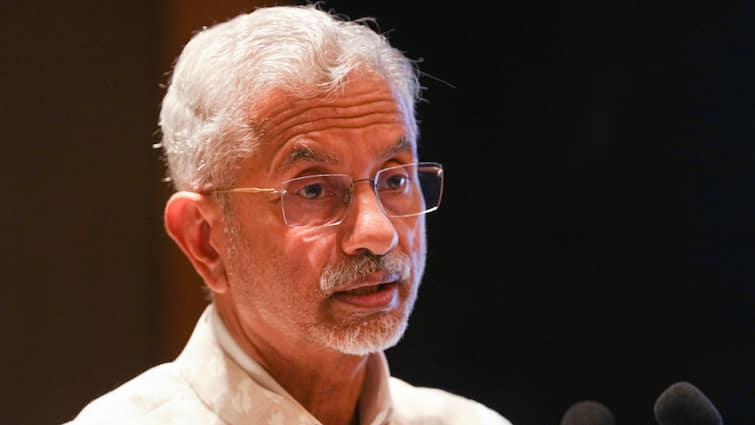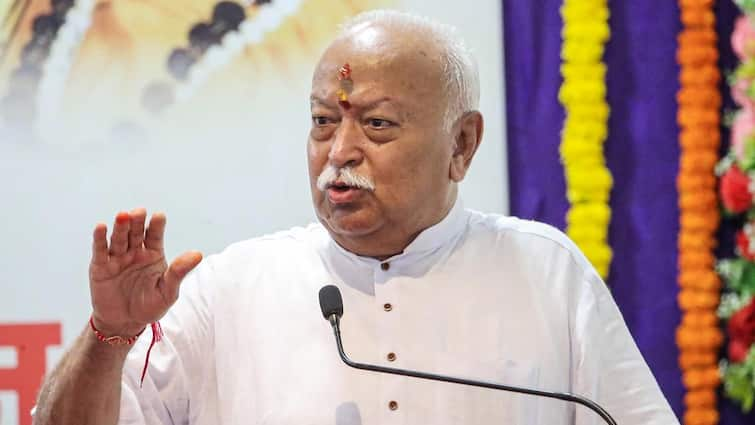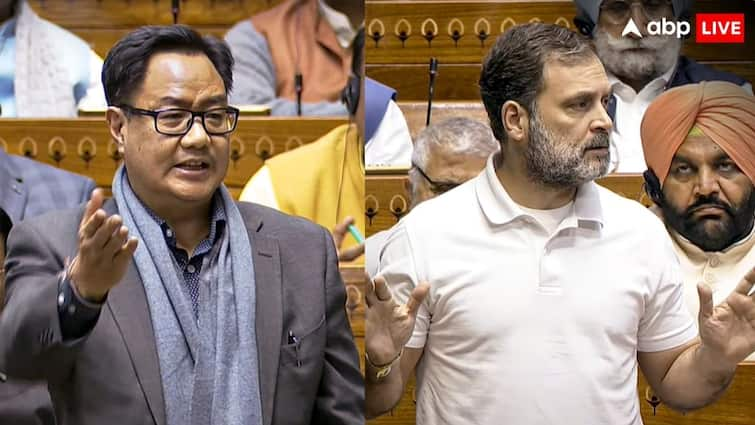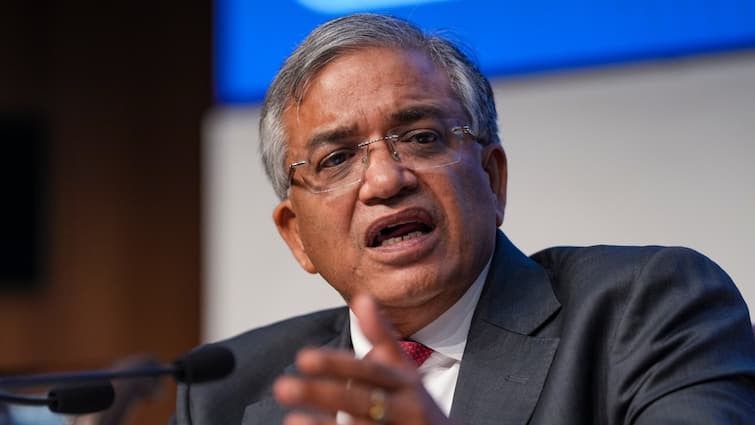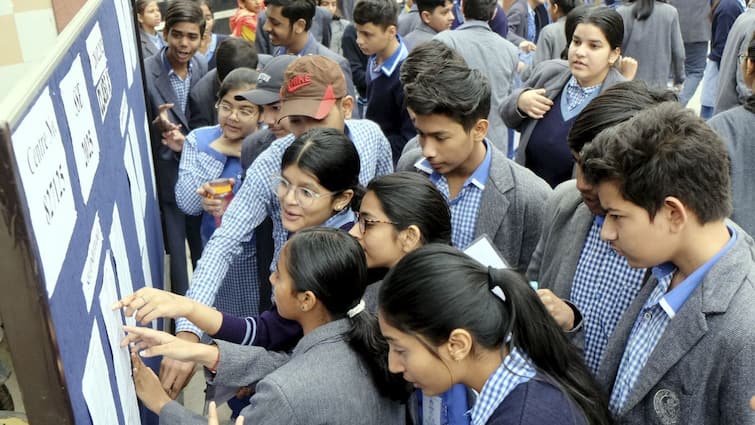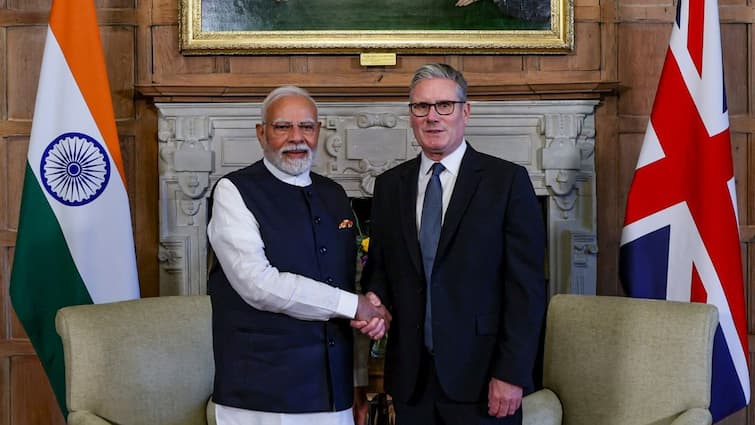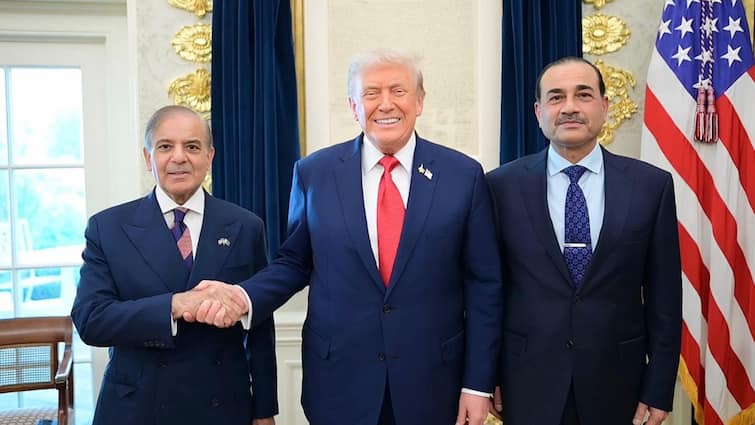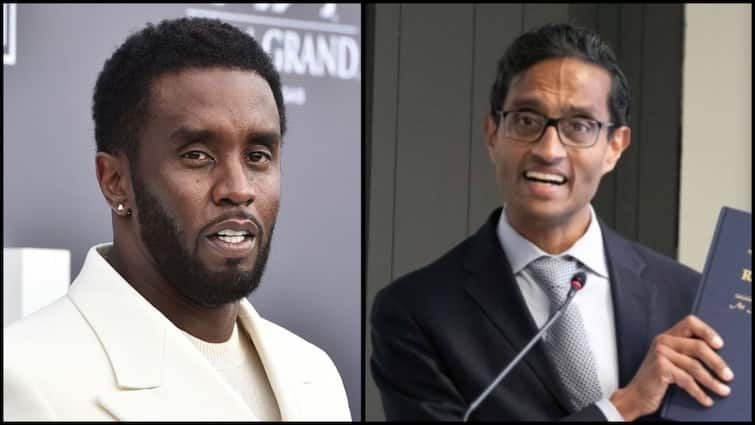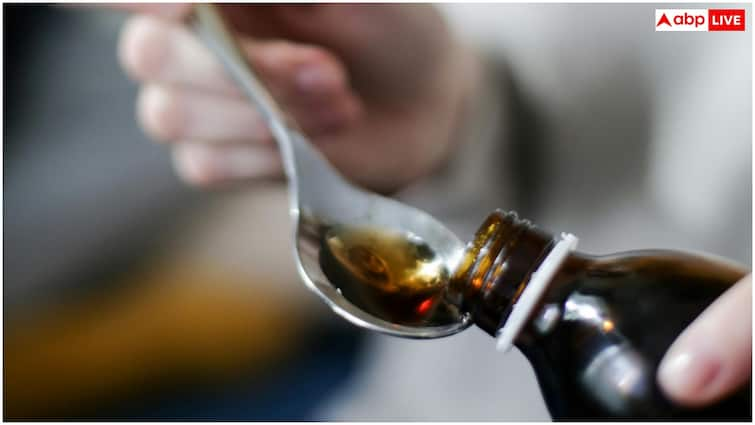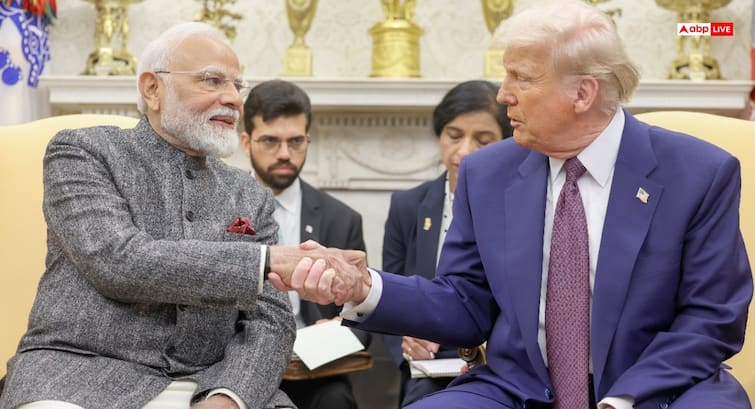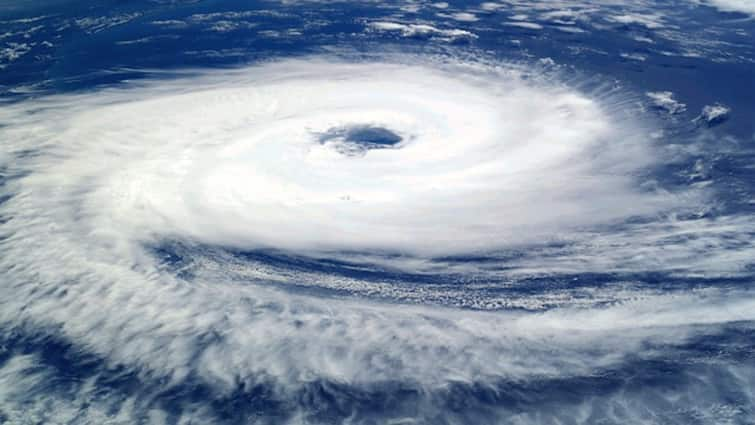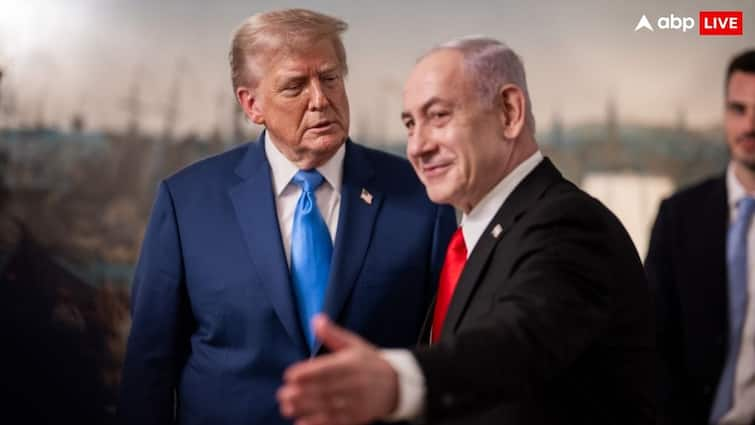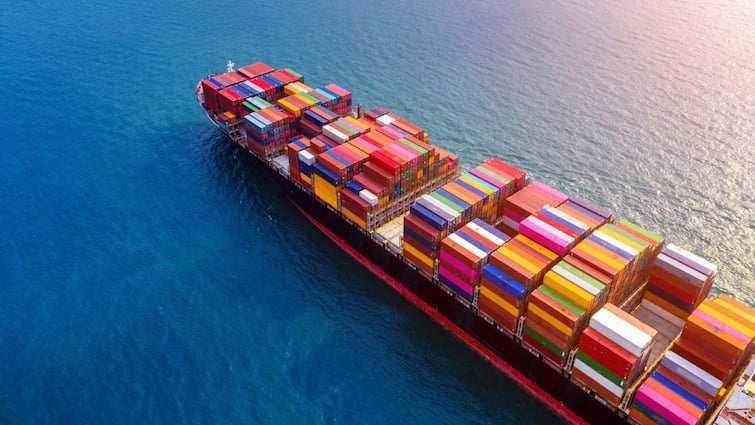
The World Trade Organization (WTO) has significantly downgraded its outlook for global merchandise trade, now projecting a 0.2 per cent decline in 2025, a sharp reversal from its earlier forecast of 3 per cent growth. The revision, announced Wednesday, comes as rising geopolitical tensions and renewed US tariffs raise fears of the steepest trade slump since the COVID-19 pandemic.
WTO Director-General Ngozi Okonjo-Iweala voiced deep concern over the contraction, warning of broader economic fallout. Trade disruptions are spilling over into financial markets and threatening growth, particularly in developing economies, she said during a press briefing in Geneva, according to a Reuters report.
The revised forecast is based on existing trade policies, but risks loom larger if former President Donald Trump reinstates full-scale tariffs on steel, automobiles, and Chinese imports. The WTO estimates that such measures, along with indirect global spillovers, could slash trade growth by as much as 1.5 percentage points, pushing the decline deeper into territory not seen since 2020.
Of particular concern is the growing rift between the US and China. The WTO warned that merchandise trade between the two economic giants is set to plummet by 81 per cent, and could have reached 91 per cent without last-minute tariff exemptions on key items like smartphones. Okonjo-Iweala cautioned that continued decoupling could fragment the global economy into rival blocs, potentially shrinking global GDP by up to 7 per cent in the long run.
“Such a scenario would have significant and lasting consequences,” she noted.
Reliable Forecasts
Adding to the gloomy outlook, the WTO acknowledged the growing difficulty in making reliable forecasts amid shifting trade alliances and political uncertainty. We are moving from a rules-based system to one increasingly dictated by ad hoc deals, said Hector Torres, former IMF executive, in remarks to Reuters.
Earlier in the day, the United Nations Conference on Trade and Development (UNCTAD) also flagged a potential slowdown in global economic growth to 2.3 per cent, citing escalating trade frictions.
Despite the challenges, the WTO expects a modest recovery in 2026, with global goods trade projected to grow 2.5 per cent. Commercial services, although not directly impacted by tariffs, are also likely to see weaker demand due to reduced trade in goods. The WTO now forecasts services trade growth of 4.0 per cent in 2025 and 4.1 per cent in 2026—down from earlier estimates of 5.1 per cent and 4.8 per cent, respectively.
This projected slowdown follows a relatively strong performance in 2024, when merchandise trade grew by 2.9 per cent and services trade expanded by 6.8 per cent.
Doonited Affiliated: Syndicate News Hunt
This report has been published as part of an auto-generated syndicated wire feed. Except for the headline, the content has not been modified or edited by Doonited






